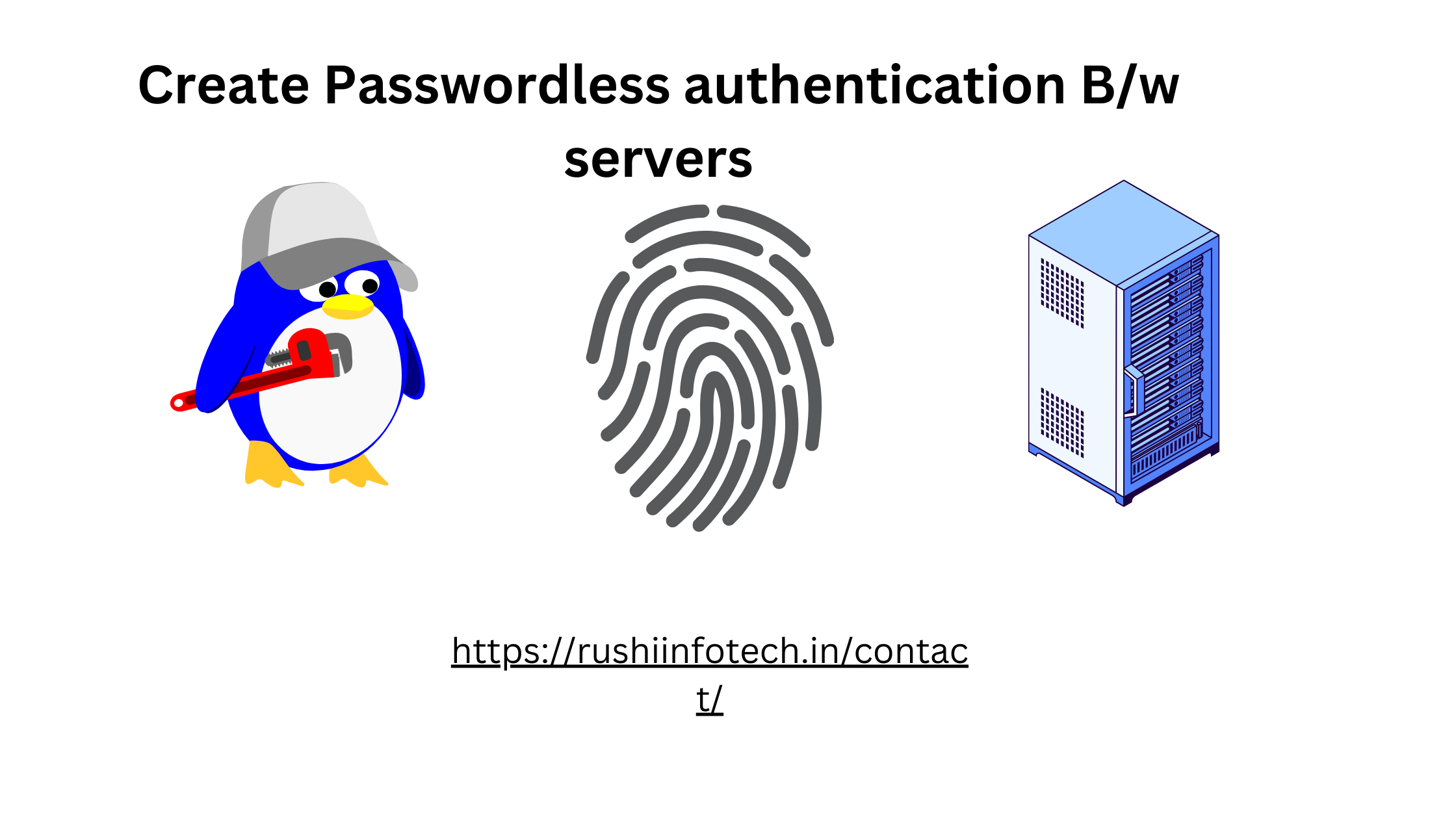Certainly! git stash is a useful command in Git that allows you to temporarily save changes that you don’t want to commit immediately. Think of it as a shelf where you can store some changes, clear your working directory, and then come back to them later.
Here are the main concepts related to git stash:
1.Stashing Changes:
When you have made changes to your working directory that you don’t want to commit yet (maybe they’re not finished or you need to switch to another task), but you need a clean working directory, you can use the git stash command.

This will take your changes (both staged and unstaged) and save them to a new stash, allowing you to revert your working directory to the state of the last commit.
2.Listing Stashes:
You can have multiple stashes. To see a list of all of them, use:

3.Applying a Stash:
When you want to bring back the changes from a stash, you use the git stash apply command.

If you don’t provide a stash name, it will apply the latest stash by default.
4.Dropping a Stash:
If you don’t need a stash anymore, you can remove it to clean up.

Again, if no stash name is provided, it will drop the latest stash.
5.Pop a Stash:
This is a combination of apply and drop. It will apply the changes from a stash and then immediately drop that stash.

6.Stashing Untracked Files:
By default, git stash will not include untracked files. If you want to stash changes including untracked files, you can use:

or

7.Creating a Branch from a Stash:
Sometimes, the changes in a stash might be significant enough that they deserve their own branch. You can create a new branch and apply a stash to it with:

Conclusion:
Remember, the main idea behind git stash is to allow you to temporarily save changes without having to make a commit. This can be particularly useful when you are in the middle of something and need to switch context, or if you’re working on something experimental that you’re not sure you want to commit yet.

